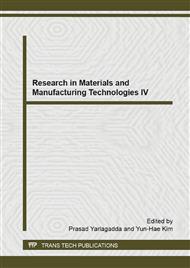p.1003
p.1008
p.1013
p.1017
p.1021
p.1025
p.1031
p.1039
p.1043
The Study of Characteristic Impedance of Conductive Transmission Line in FPC(Flexible Printed Circuit Board) Design and Process
Abstract:
To meet the demand of the signal stable at high speed, the key is control precision for the characteristic impedance of FPC. This article is intended to study the strip-line structure for reducing cross-talk (noise) and their theoretical analysis and calculation. By varying effect factor and countermeasure in the production process of FPC, and the optimal process parameter have been obtained. By using the some testing technology, the impedance of strip-line in FPC have been tested.
Info:
Periodical:
Pages:
1021-1024
Citation:
Online since:
December 2014
Authors:
Price:
Сopyright:
© 2015 Trans Tech Publications Ltd. All Rights Reserved
Share:
Citation:


